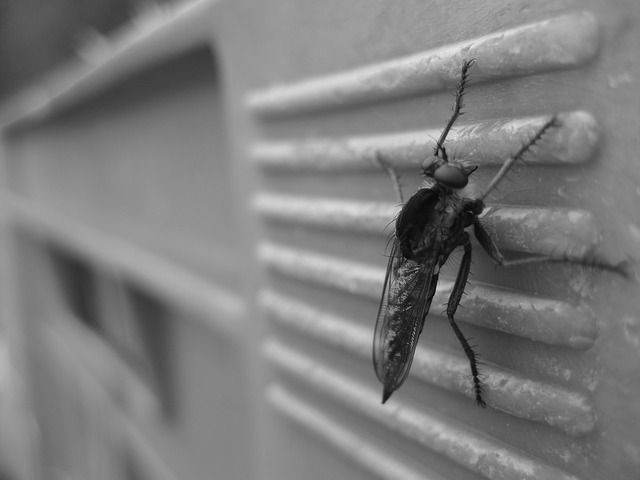There Is Now A Definitive Link Between Zika Virus And Microcephaly

As the current outbreak of Zika has swelled, experts have strongly suspected a link between the Zika virus and microcephaly, but were hesitant to say there was a definitive connection. Now, for the first time, researchers from the Chinese Academy of Sciences and the Beijing Institute of Microbiology and Epidemiology have shown that the offspring of mice infected with the mosquito-borne virus develop the birth defect, which is characterized by an unusually small head and brain.
"Our animal model, together with the global transcriptome datasets of infected brains, will provide valuable resources for further investigation of the underlying cellular and molecular mechanisms and management of Zika virus-related pathological effects during neural development," said Zhiheng Xu of the Chinese Academy of Sciences, in a statement.
In a study published in Cell Stem Cell, Xu and his colleagues detail how they injected the Asian Zika strain directly into the brains of fetal mice. Timing of the injection was everything. Given too early and the embryo wouldn’t survive. However, they lived when the research team made the injection as the fetus’s neural progenitor cells were expanding and producing new neurons simultaneously, the equivalent of a human’s second trimester.
At that stage, a combination of an increase in the amount of Zika in the blood and the body’s immune response caused the brains of newborn mice to shrink in the same way they do in humans. Although each mouse fetus survived to birth, their mothers ended up eating them shortly after they were born. This tends to happen when a mother notices that one of her pups is sickly. Xu said the team would experiment with lower doses in the next round of testing to see how it impacts survival.
"The most surprising part of this study is that it was mostly neural progenitor cells that got infected in the beginning and mostly neurons that became infected at a later stage — five days after injection when the presence of Zika virus increases several hundred folds." Xu added. "However, almost all cell death was found in neurons other than neural progenitor cells. This indicates that neurons, but not neural progenitor cells, are prone to induced cell death by the Zika virus."
Although the Zika virus was first discovered in a monkey with a mild fever in the Zika Forest in Uganda during the 1940s, there have been no reports of Zika in pets or other types of animals during this current outbreak. There are also no reports of microcephaly among monkeys and apes that live in areas previously or currently affected by Zika transmission.
"Mice are not humans, and we need be careful when translating our findings into human disease," said Qin, co-senior author on the paper. "Extensive experimental and clinical investigations are urgently needed in response to this global crisis."
Following the first confirmed Zika virus infection in Brazil back in May 2015, scientists have been scrambling to find any useful information that can be used to halt this epidemic. President Barack Obama has even urged Congress to approve $1.9 billion in emergency funding to prevent its spread.
Source: Qin C, Xu Z, et al. Zika Virus Disrupts Neural Progenitor Development and Leads to Microcephaly in Mice. Cell Stem Cell. 2016.



























